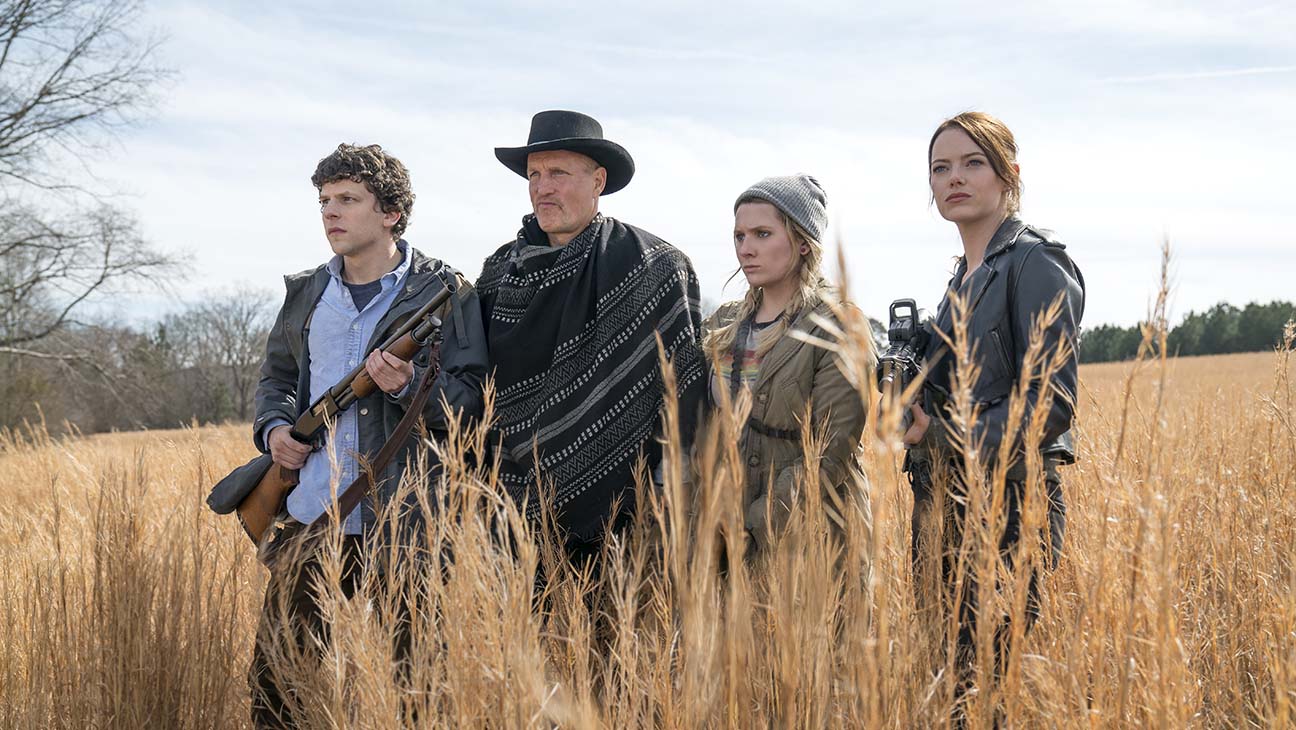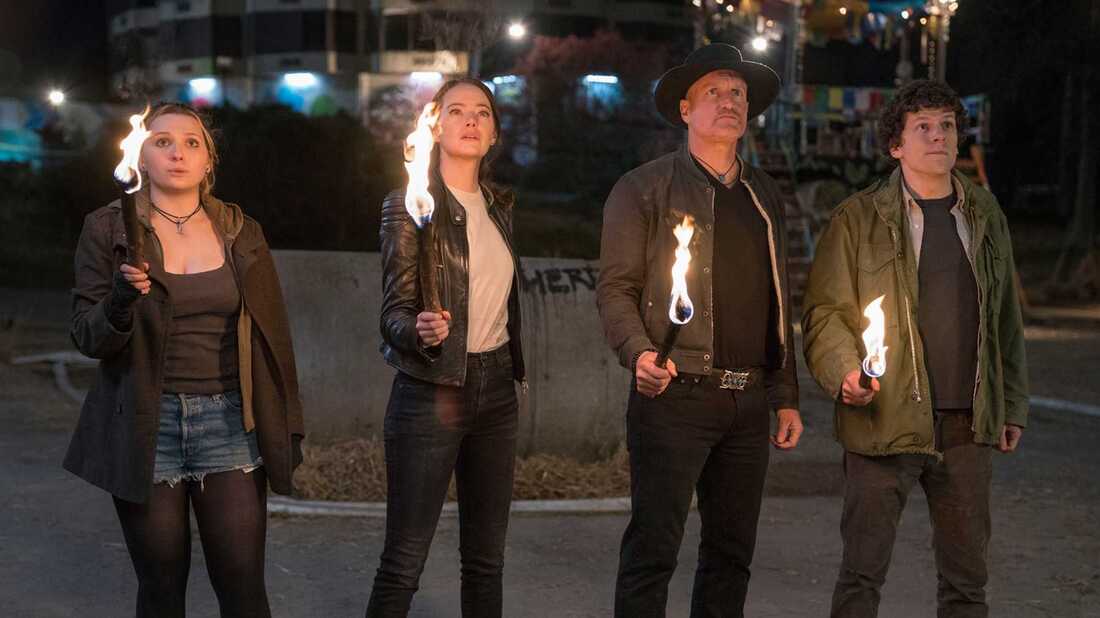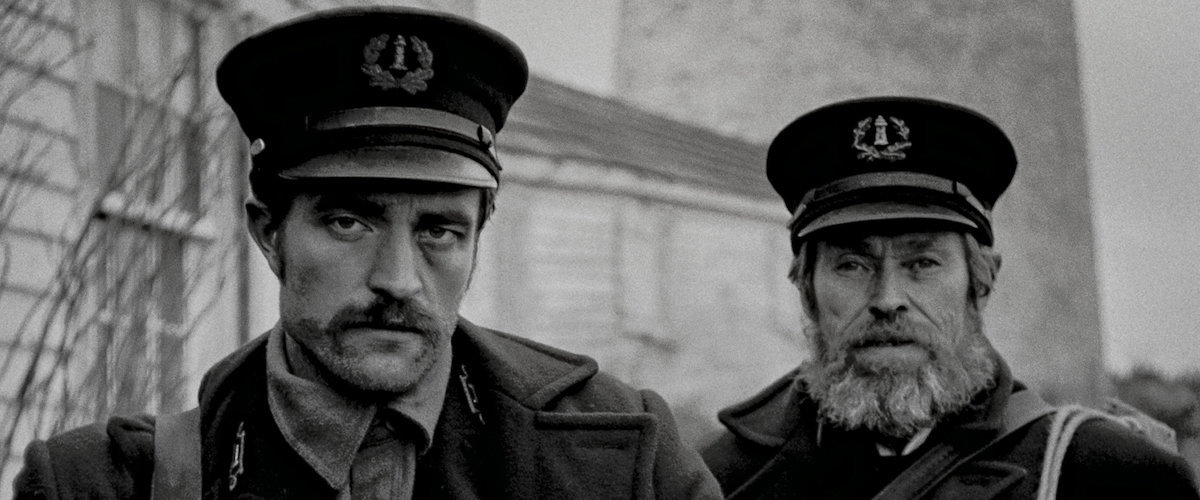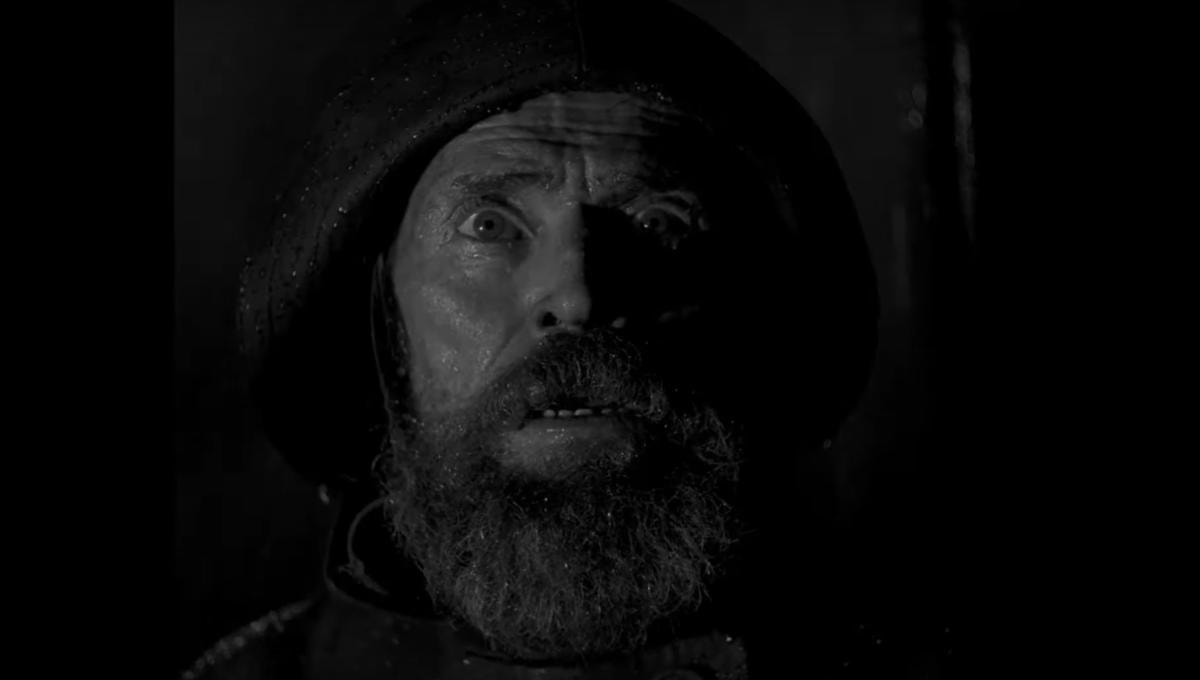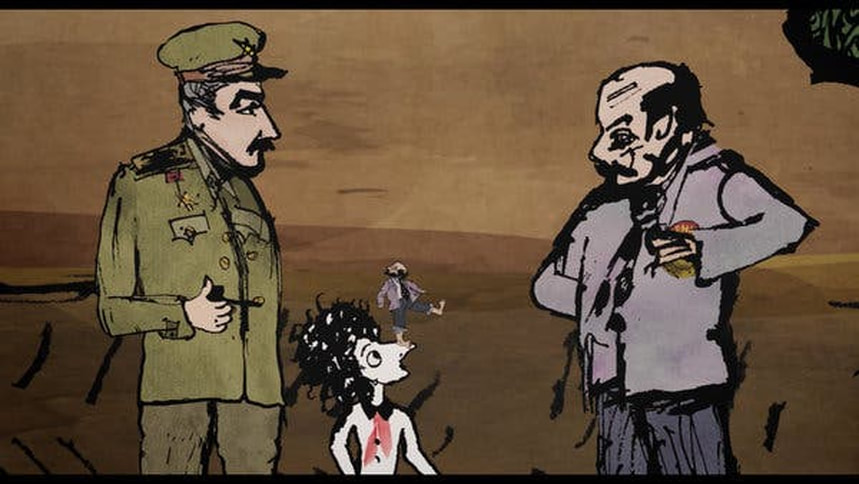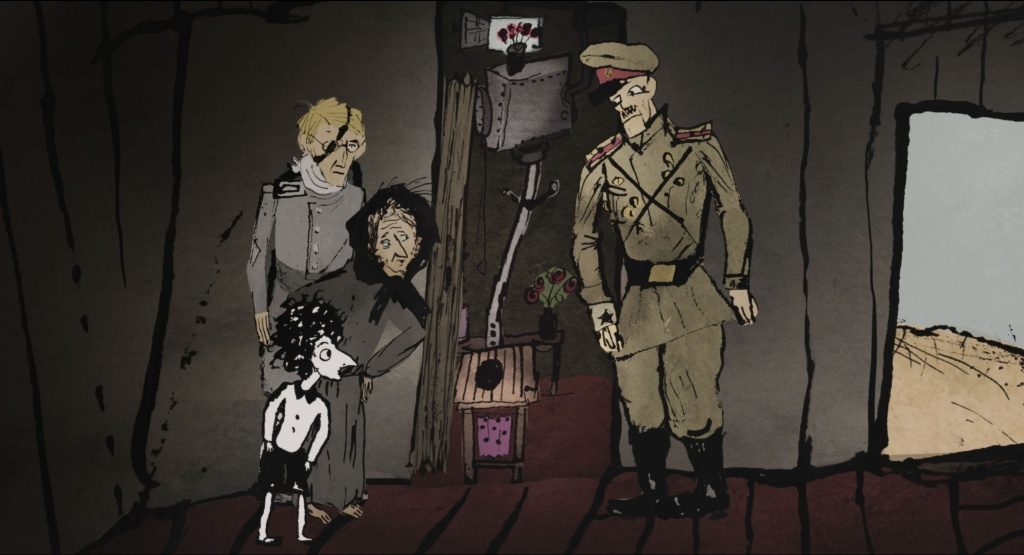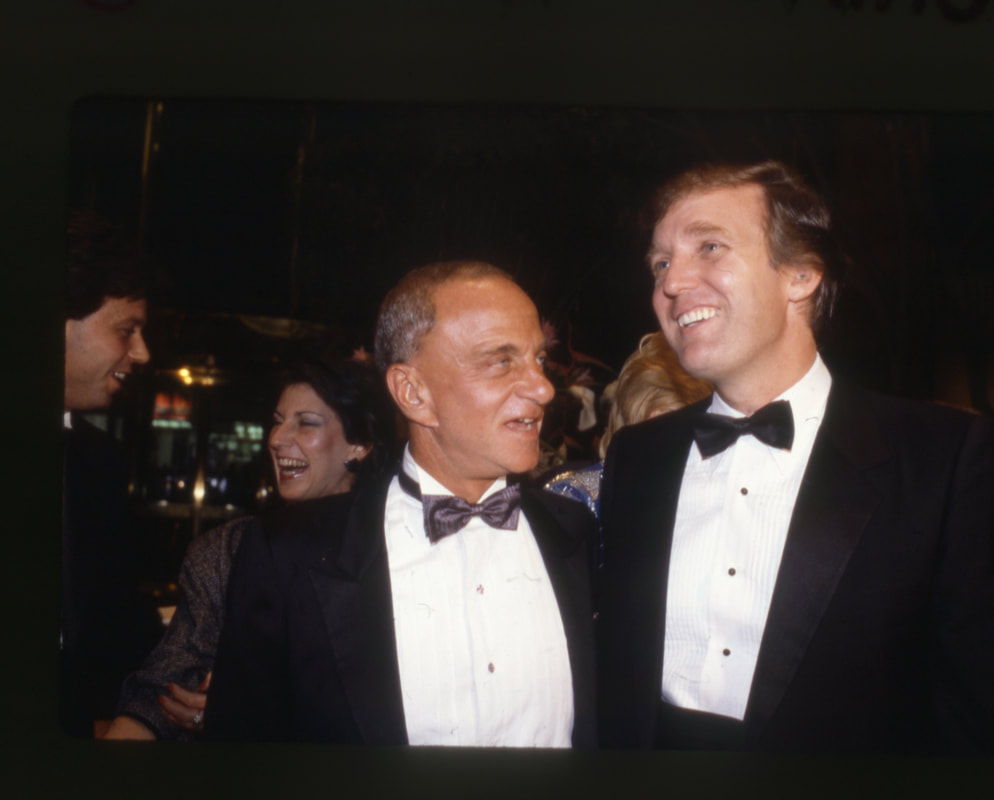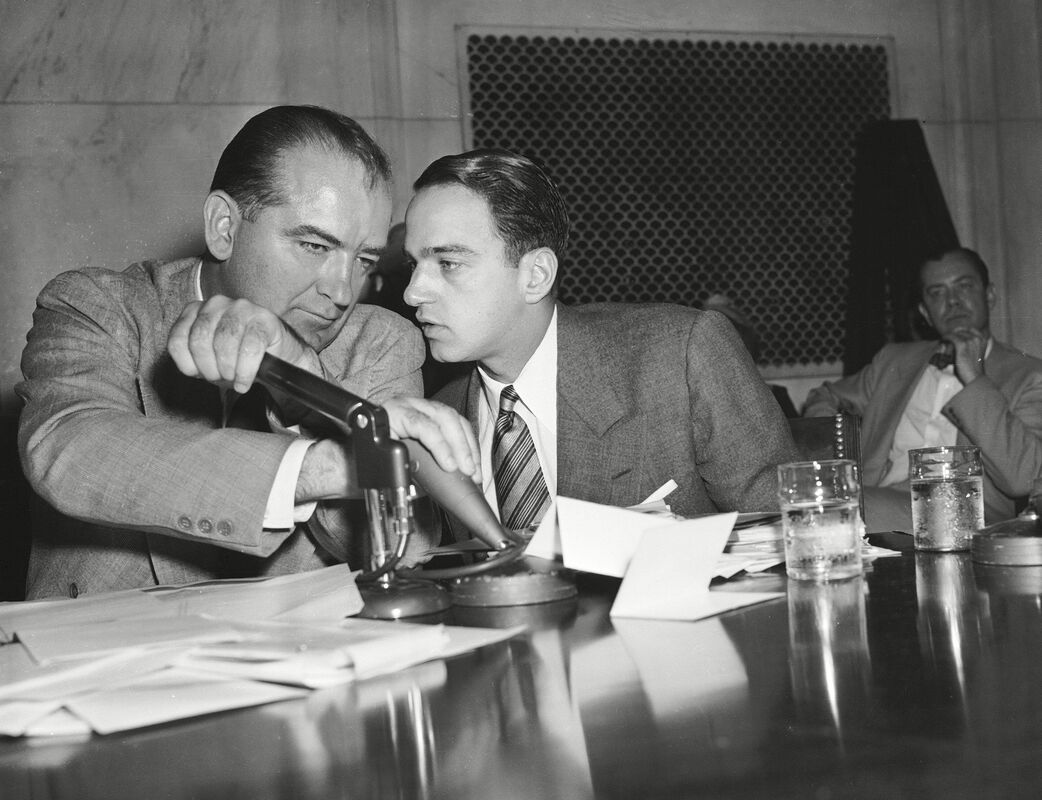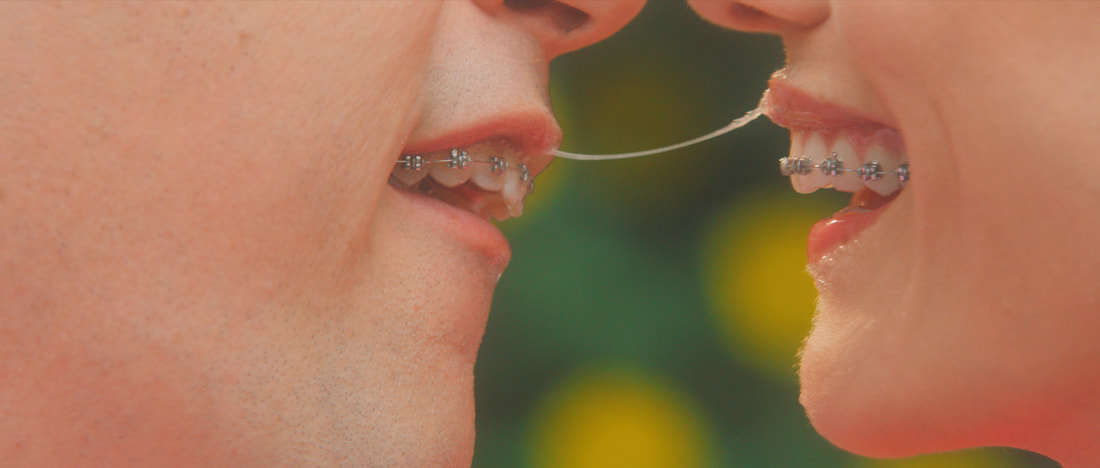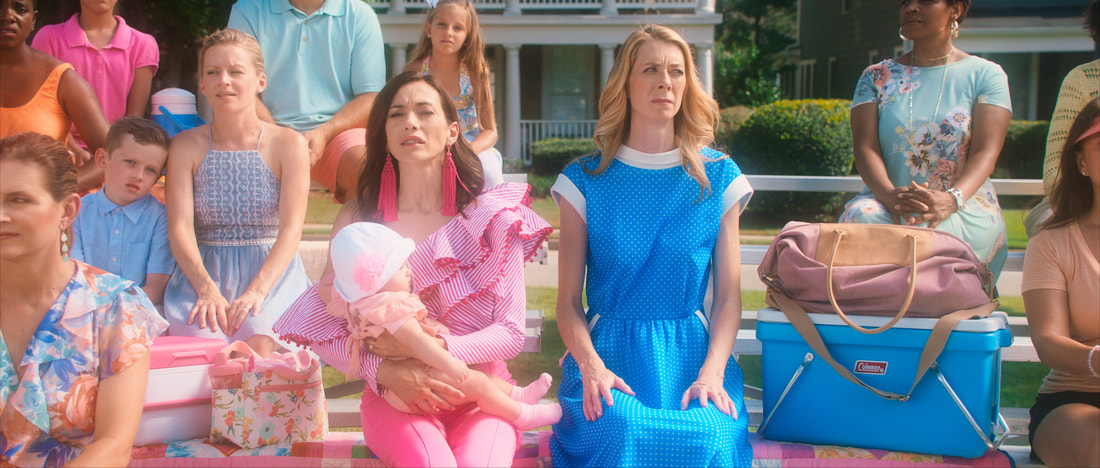|
Review by Camden Ferrell Zombieland: Double Tap is the sequel to the successful 2009 zombie comedy Zombieland. This installment is directed by Ruben Fleischer (Venom) who also directed the first film. While it doesn’t always live up to the standard set by its predecessor, this sequel is an inconsequentially fun continuation of the story. This movie follows our same crew of Tallahassee, Columbus, Wichita, and Little Rock as they continue to navigate the post-apocalyptic landscape. In this new climate, they encounter new survivors and evolved zombies while dealing with the dynamics of their relationships. While this sequel feels entirely unnecessary, it proves to have a lot of charm that’s reminiscent of the first film. Our characters retain their same quirky traits while also feeling like they have grown as individuals. The writing team of Dave Callaham, Rhet Reese, and Paul Wernick crafted a story that maintains the same appeal of the new film and presents this new story in a familiar way. The main cast of Woody Harrelson, Jesse Eisenberg, Emma Stone, and Abigail Breslin all reprise their respective roles. Much like the first film, Harrelson and Eisenberg stand out with funny performances and a unique dynamic. However, both Stone and Breslin add enough to the film with their personalities and screen presence. The true surprise of this movie is its new characters. Zoey Deutch plays the ditzy and air-headed Madison. Her empty-minded performance definitely stands out in her scenes. She plays the role so well and steals many scenes throughout the movie. Even if her material isn’t the best, she always sells it very well. This movie also features supporting performances from Thomas Middleditch and Luke Wilson which are hilarious even if they are brief.
The main flaw of the movie does stem from its occasionally weak script and weak pacing. Even though the script captures the spirit of the movie well, there are many jokes that feel too forced or overly set-up. Usually the actors make the most of it, but in can be off-putting at times. The pacing can feel a little odd throughout the movie and make certain scenes drag on too long, but it isn’t too distracting. This sequel succeeds in telling a new story in our group’s adventure and not pandering excessively to its fan base. It gives more insight into the post-apocalyptic world and gives fans satisfying closure. The film features some really outstanding scenes (like a zombie fight tracking shot) that make the film feel very lively and make it a worthy sequel. This is a movie that is far from perfect but provides lots of laughs. It’s energetic and has the same charm and character as the original. Zombieland: Double Tap is playing in theaters everywhere. Rating: 3.5/5
0 Comments
Review by Camden Ferrell After the success of his first movie, 2015’s The Witch, Robert Eggers’s newest film, The Lighthouse, premiered at the 2019 Cannes Film Festival. This is a stylishly bleak film filled with great performances and a claustrophobic atmosphere. This psychological horror film follows two lighthouse keepers as their continued isolation causes tension and paranoia between them. The cabin fever set-up isn’t an especially original concept in narratives, but Eggers does a great job with infusing the premise with enough of his own unique style to give the genre new life. This film creates a truly immersive experience. The audience is forced to endure the painfully unpredictable circumstances these characters experience. Even in its very few moments of joy and elation, it never allows its audience to exhale or feel safe. There is a continuously looming sense of dread in every scene that really elevates the impact of the film. The main showcase of this film is its performances. Robert Pattinson (High Life) and Willem Defoe (The Florida Project) both give career-best performances. They are utterly astounding in nearly every scene. Pattinson leads the film with a cautious and subversive turn. However, I believe Defoe stands out more so than Pattinson. He has a handful of jaw-dropping monologues and soliloquies that are masterful. One of the few problems with this film is that there are some moments in the first act that feel oddly paced. Some shots are a little indulgent, and it is fairly noticeable. However, this is a flaw that is fixed rapidly and doesn’t really affect the overall quality of the film.
Eggers’s script, that he co-wrote with his brother Max Eggers, is very layered. It’s a cabin fever story with elements of mythology that give this movie an allegorical feeling at times. It’s a story that lends itself to dissection and discussion. It’s clear that the script was crafted meticulously, and that is why this movie works on so many different levels. The film also features some great technical aspects. Its sound mixing is absolutely stellar. It expertly understands the landscape and blends all of its elements like the roaring thunder, crashing waves, and the actors’ booming voices. It also succeeds thanks to the cinematography that perfectly encapsulates Eggers’ style. It is a visual treat as well as an auditorily pleasing one. Robert Eggers’s sophomore feature is an ambitious and deliberate horror film that will excite audiences. Featuring Oscar-worthy performances from Pattinson and Defoe, The Lighthouse is must-see horror this fall. The Lighthouse is now playing in theaters. Rating: 4.5/5 Review by Sean Boelman Sweetheart, co-written and directed by J.D. Dillard (Sleight), is an old-school creature feature delivering plenty of scares in time for spooky season. Although there isn’t particularly much substance to the film, it is nonetheless a lean and mostly successful chiller kept afloat by a commanding lead performance by Kiersey Clemons. The movie follows a young woman who, having washed up on an island alone, must survive against the elements and a malevolent force that resurfaces every night to hunt her. While this is an admittedly simple (and classic) set-up, Dillard and his co-writers manage to throw in enough twists and turns for the story to remain mostly unpredictable. Additionally, thanks to the largely traditional approach that Dillard takes to building suspense, the film works much better than most other recent attempts to recapture the magic of the genre. For much of the movie, viewers will be left on the edge of their seats as they try to figure out the mystery as it unfolds. When the answer is finally revealed, things do become substantially less intriguing, but by that point, the story Perhaps the only significant disappointment with this film is that it is unable to build an interesting mythology around the evil that haunts the protagonist. The first half of the movie teases something big and significant, so when the antagonist is revealed to be underwhelmingly straightforward, one can’t help but feel disappointed. That said, thanks to the script’s good characterization, the film manages to stay thoroughly compelling. Jenn is a very sympathetic protagonist because of her strong will to live in such a dire situation. Granted, this connection is based on the most basic of human emotions — the instinct to survive — yet this is a shockingly effective tool when used properly in horror.
Lead actress Kiersey Clemons also deserves a great deal of credit for the movie’s success. Although there are a few people in the supporting cast (including a short but memorable turn from Emory Cohen), their screen time is limited and much of the film falls on Clemons’s shoulders alone. Her ability to carry the movie by herself, and to infuse so much emotion into the arc, is extremely impressive. Dillard does a very good job of creating suspense in the character arc and timing of the scares, but he does not take to his advantage an obvious resource: the confined setting in which the film occurs. The cinematography and production design, however good they look, don’t seem to do enough to create a sense of claustrophobia that could have turned those scares into a feeling of pure dread. Uncomplicated but enjoyable, J.D. Dillard’s sophomore feature Sweetheart is able to bring it home because of its dedication to the old-school methods of horror. Despite its flaws, this is a crowd-pleasing flick sure to satisfy genre fans. Sweetheart is now available on VOD. Rating: 3.5/5 Review by Sean Boelman Rezo, directed by Levan Gabriadze, is a new animated documentary film telling the story of Georgian artist and writer Rezo Gabriadze (the father of the filmmaker). Thanks to the film’s unique and unusual art style, this manages to be a thoroughly entertaining documentary, even if the narrative does lean on the edge of rambling at times. Certainly the most interesting thing about this film is its visual style. Although animated documentaries have been done before, the thing that helps Rezo stand out is the fact that it is illustrated by the subject himself, giving the film an even more personal feel than the most intimate of traditional documentaries. Viewers will feel like they are watching a moving painting by Gabriadze, mostly because that is essentially what the film is. The quirky animation style is full-of-life, and gives the film a narrative momentum even when the subject matter being addressed is somewhat difficult. This art allows the audience to see the events of Gabriadze’s life through his own perspective. In addition to the animation, the film features interviews with Gabriadze (the audio from which is frequently used as voiceover). When Gabriadze is actually seen, the composition is absolutely gorgeous, as it is built in a way that mirrors the art style of the animation. The use of color in these shots is thoroughly impressive. Gabriadze is a very interesting subject, and his story is pretty wacky. Due to the very personal nature of the film, it frequently feels like Gabriadze is telling his story to a family member (and since his son directed the film, he pretty much is). Over the course of the film, viewers will come to admire Gabriadze’s work because of what they see, and admire his character because of what they hear.
Admittedly, Gabriadze’s story does become a bit far-fetched at times, though the zany animation makes it work. Gabriadze has undeniably lived an extraordinary and eventful life, and that lends itself to an extremely cinematic documentary. And seeing that the film clocks in at just over an hour of length, there are plenty of anecdotes to keep the film moving. One of the most important things that this film has to offer, though, is a great appreciation of the art of storytelling. The subject of the film is a storyteller, the filmmaker is a storyteller, and the film purposes that anyone in the audience can be a storyteller as well because we all have a unique story. Granted, few people will have stories as unique as Rezo Gabriadze, but those stories are worth being told nonetheless. A uniquely-made documentary with a wonderful story, Rezo is a personal and fascinating documentary. Though it may end up slipping under the radar, there are plenty of reasons why this film deserves attention. Rezo is now playing in theaters. Rating: 4/5 Review by Sean Boelman Where’s My Roy Cohn?, directed by Matt Tyrauner, is a new politically-charged documentary about the eponymous lawyer who worked with such figures as Joseph McCarthy and Donald Trump. Although it does seem at times like it tries to bite off a bit too much for its own good, this is nonetheless a mostly entertaining and relevant look at the political landscape. Cohn’s story is an interesting one if only because of the sheer amount of history in which he was involved. A key figure in the McCarthy hearings, and later a prominent New York lawyer with many notable clients, his influence on the political arena of the 20th century is often shocking, and the film takes advantage of this to make the story feel even more impactful. However, perhaps even more interesting than Cohn’s involvement in politics is his sexual identity. The fact that he worked with Joseph McCarthy, one of the key figures in the Red Scare and Lavender Scare, yet died during the AIDS epidemic is absolutely baffling. While the movie doesn’t go into the depth that it probably should regarding this issue, these sequences do pose some thought-provoking questions. This film is very interesting as a biographical documentary because it goes so far as to proclaim its subject as evil. Most biographies exist to make the subject sympathetic, but Where’s My Roy Cohn? has absolutely no concern for this at all. Rather, the movie hopes that the audience will leave frustrated at the ridiculousness that goes on in that part of the government. One of the greatest luxuries afforded to this film is that its subject is deceased and has no descendants, and as such, it is able to present this unflinching and ruthless look at the darker aspects of Cohn’s life and career. This darkness is what allows the movie to have the intended political impact. Without it, the film likely would have felt soft and insignificant.
In terms of pacing, the movie moves along pretty well if you are interested in the era in which the bulk of Cohn’s career occurred. If one is not particularly compelled by the inner workings of Cold War-era domestic politics, then this is unlikely to be a riveting watch. However, by providing this unique perspective on events, the film is sure to appeal to the amateur historian in most viewers. On a technical level, the movie is quite strong. A majority of the film’s story is told through archive footage, but Tyrauner edits it in a way that is immersive and draws you into the story. Unlike most documentaries exploring this era of politics, this movie feels like something more cinematic, not just a history lesson on screen (although there is plenty to learn from Cohn’s tale). A fascinating portrait of someone whose impact on the political world can still be seen today, Where’s My Roy Cohn? is a dark and angering look at the life of someone who can be best described as a true menace. Where’s My Roy Cohn? Is now playing in theaters. Rating: 4/5 Review by Sean Boelman Greener Grass is a demented new dark comedy from writer-directors Jocelyn DeBoer and Dawn Luebbe, from their short of the same name. A hilariously wicked satire of suburban life, the idiosyncrasies of this film may be too much to handle for some, but will have the target audience rolling in their seats will laughter. The movie begins when a suburban soccer mom gifts her newborn infant to her best friend when her best friend comments on how adorable the baby is. Things only get weirder from there, but in the best way possible. What follows is an absurd but meaningful farce that uses it wackiness to provide commentary on the current state of society. There are plenty of surprises in store that will leave viewers in awe of DeBoer and Luebbe’s creativity. The main thing at which this film pokes fun is the highly competitive nature of modern society. In this world, so many people are just trying to get ahead of each other by any means necessary. This movie pokes fun at the materialistic desires of society that lead to this competition, and also the ridiculousness of striving for perfection, since perfection is unachievable. DeBoer and Luebbe have a unique sense of humor, as evidenced by the fact that they got their start in an improv comedy troupe, and it likely won’t connect with everyone. Recurring gags are used frequently in the film, but not to the point where they feel worn by the end of the movie. One of the funniest gags involves a woman pretending that a soccer ball is her baby. If this doesn’t sound funny, avoid this film. (For the record, it’s hysterical.) The character development in the movie is very strong too. The dynamic between the two leads, played by DeBoer and Luebbe, is compelling and interesting. Both the friendship and the competition that arises between them feels very real and honest. Many of the secondary characters exist for the purpose of comedically delivering commentary, so they don’t have as much of an arc, but they accomplish their purpose.
Additionally, DeBoer and Luebbe were able to assemble a supremely talented supporting cast to complement them in their roles. Recognizable names in the film include D’Arcy Carden (The Good Place), Beck Bennett (SNL), and Jim Cummings (Thunder Road). All three of them are hilarious in their roles, and they look like they are enjoying themselves tremendously. Also impressive are the movie’s visuals. The style of this film is definitely very quirky, but it only works in the movie’s favor. The use of color, for example, is inventive and fun. Each character has a color associated with them, and it’s very interesting to watch how the color scheme shifts over the course of the film as the power dynamic changes. Greener Grass is one of the funniest and most unique comedies of the year. Not everyone will like it, but those who do like it will absolutely love it. So sit back and enjoy the braces-wearing weirdness that this movie has in store — it would be nearly impossible to regret it. Greener Grass is now in theaters and on VOD. Rating: 5/5 |
Archives
July 2024
Authors
All
|
|
|
disappointment media
Dedicated to unique and diverse perspectives on cinema! |

